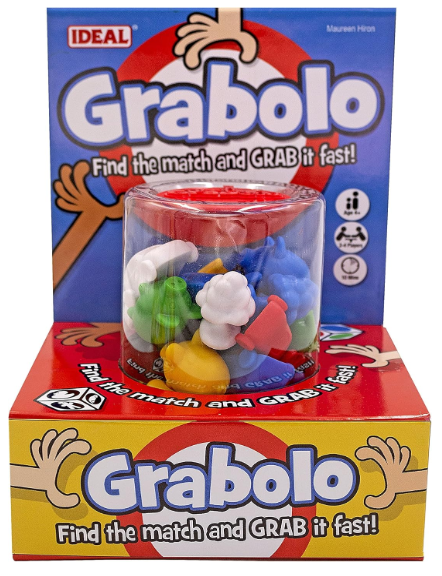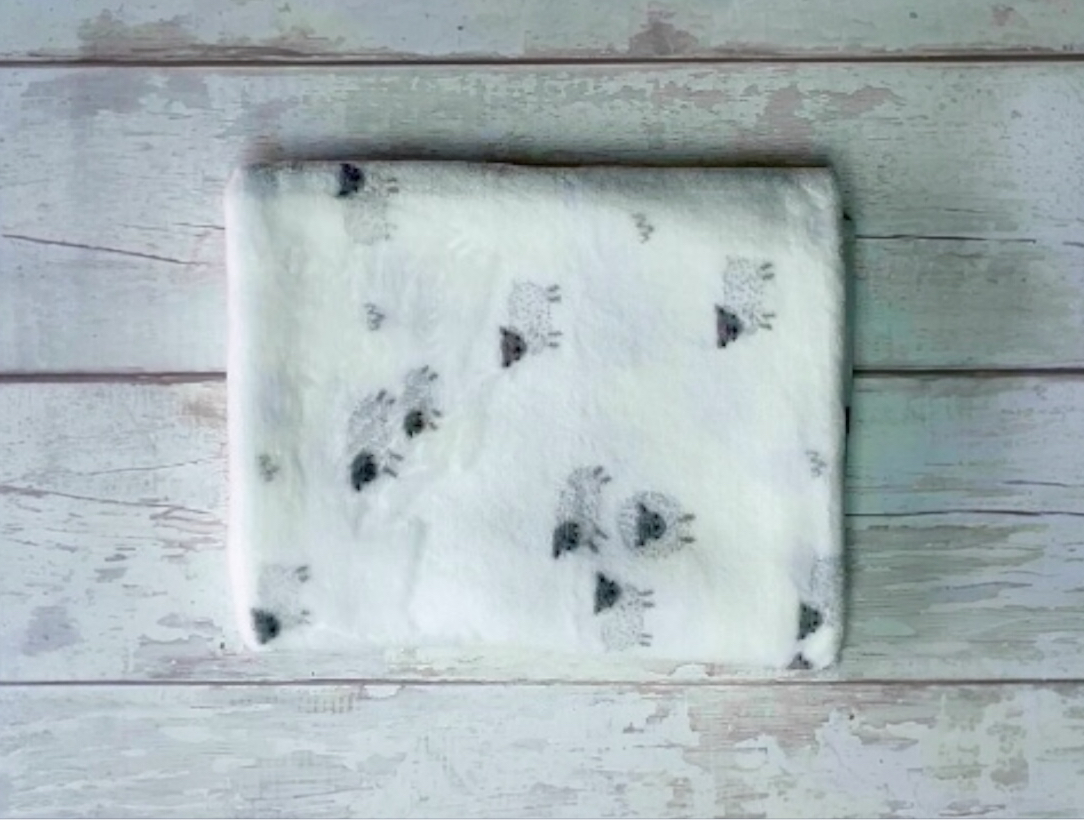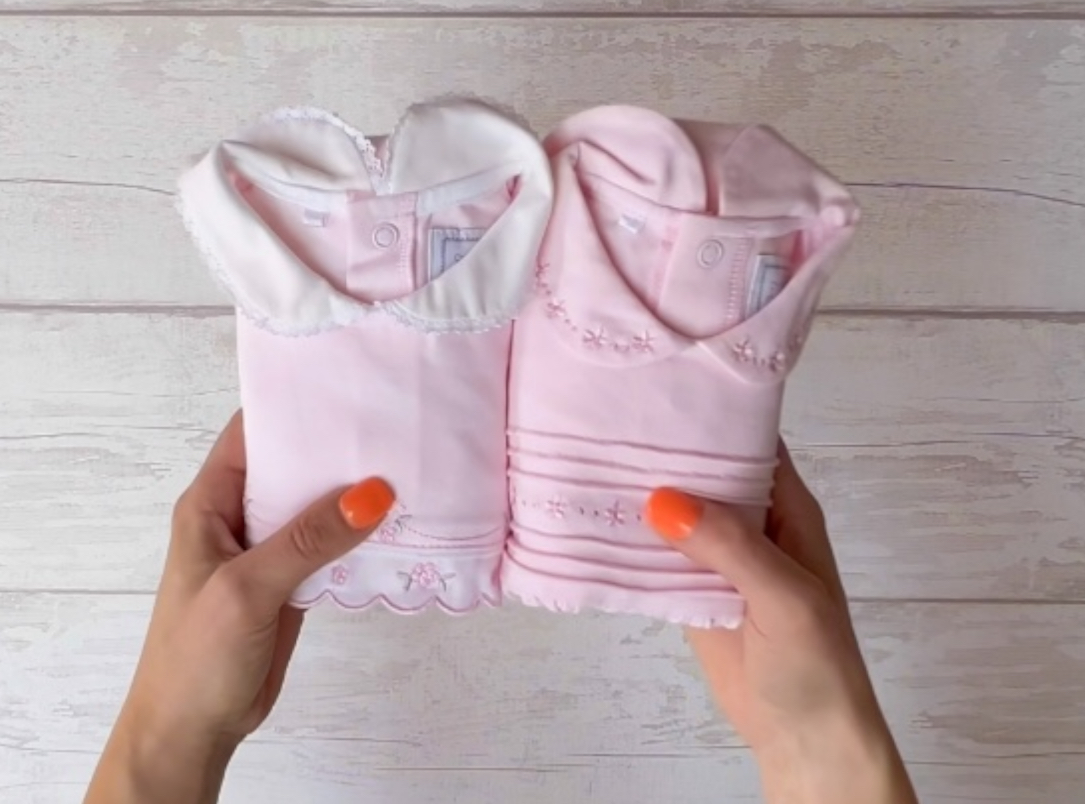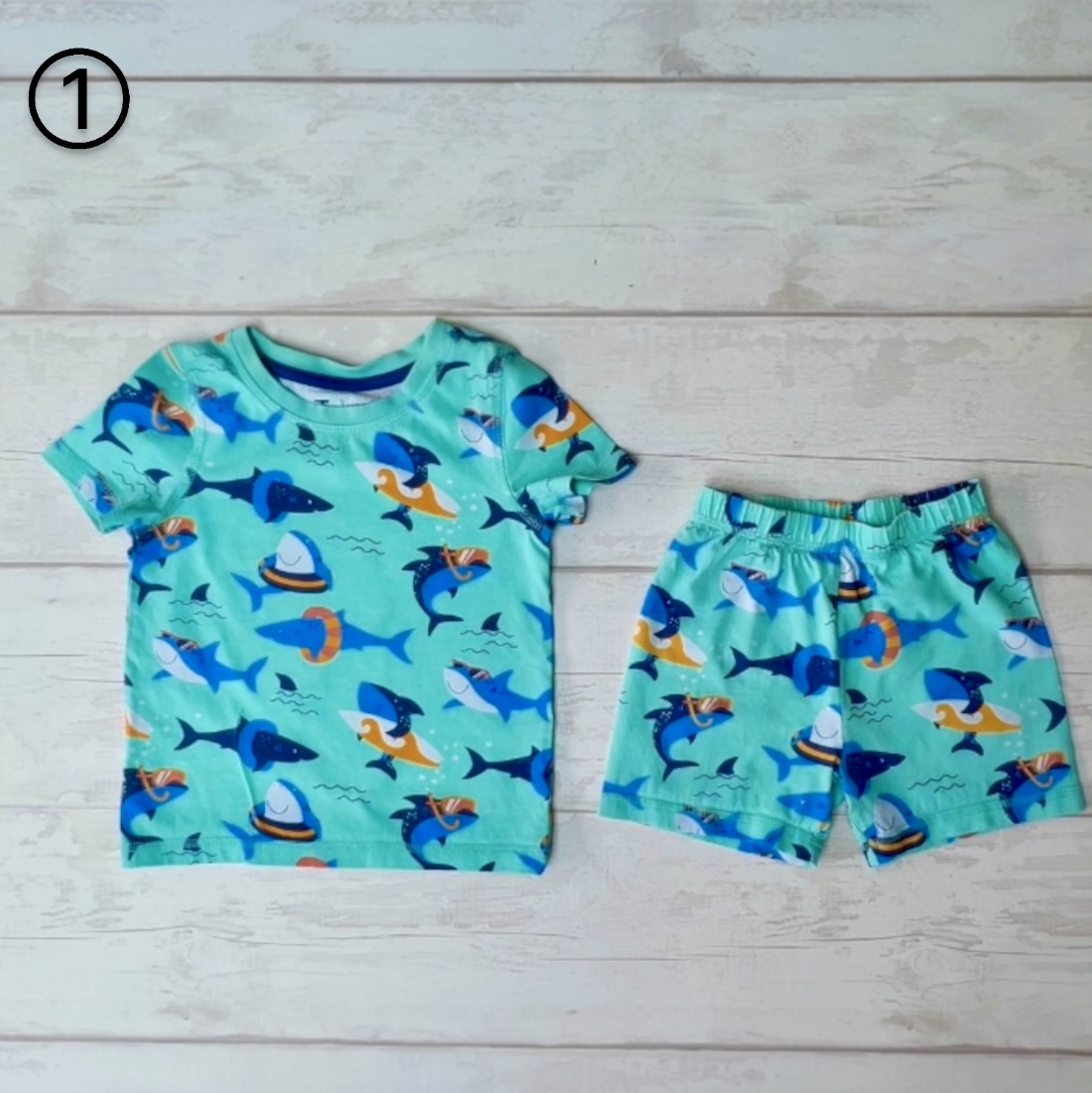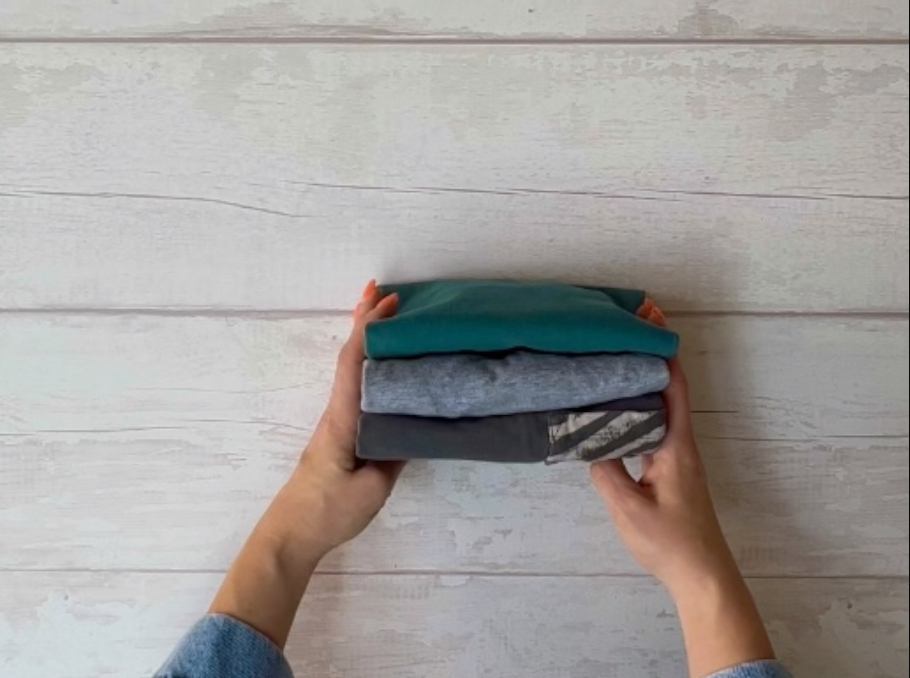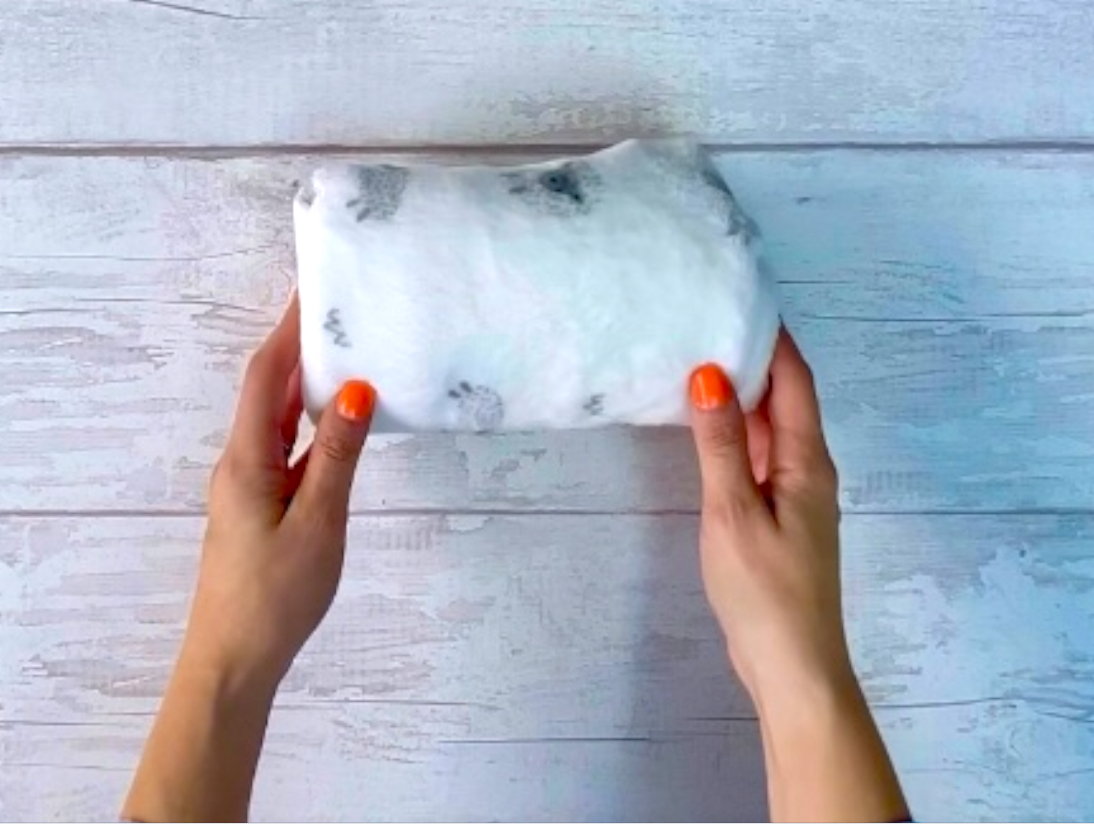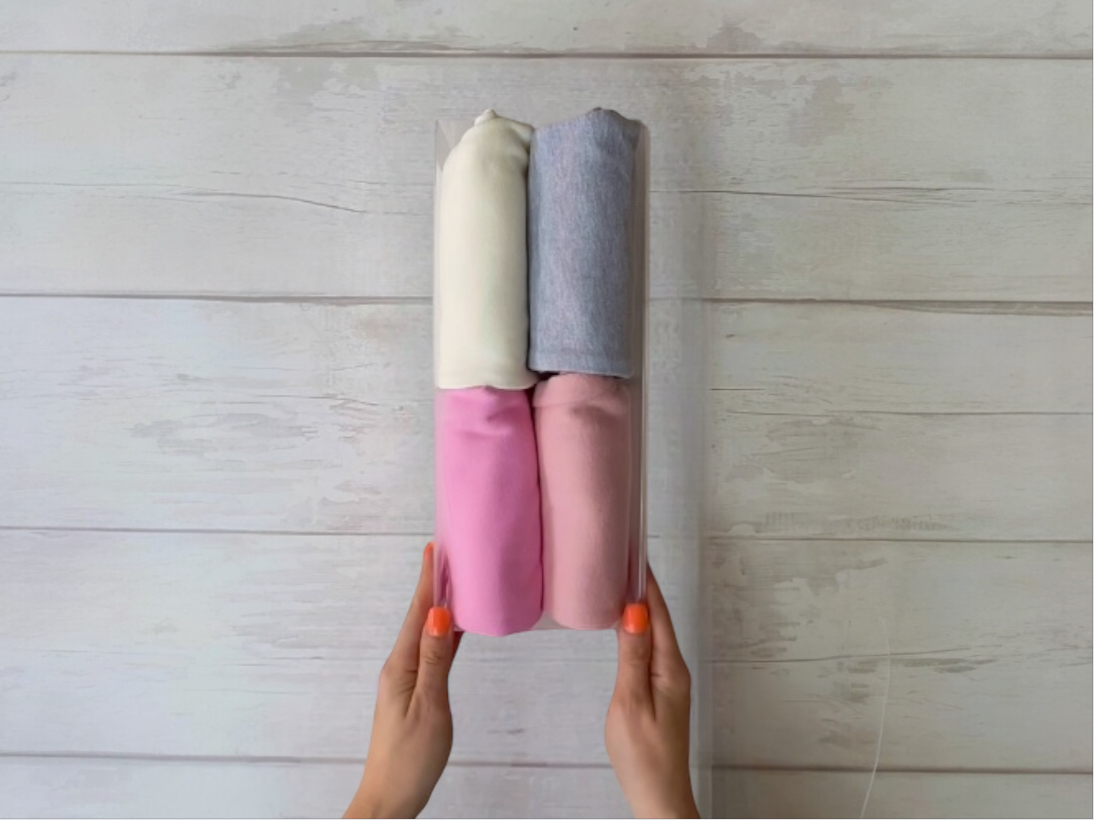Game Night: How to Play 10 Exciting Family Games
I’ve found that the simplest games often bring the most fun. That’s why I’ve selected these 10 games for this blog: a mix of new hits and much loved classics that are easy to learn, fun to play, and budget-friendly. They’re perfect for bringing all ages together, making them ideal for family get-togethers or festive occasions like Christmas.
In this blog, I’ll walk you through how to play each game according to our family’s interpretation of the rules, just a heads-up—these might differ slightly from the official rules, it’s we’ve ended up playing them as a family! Enjoy!
1) Grabolo age 4+, for 2-8 players
Teddy (age 10) had a great time playing Grabolo at his friend’s birthday party and suggested it for (Arthur age 5), but while I thought it would be a fun choice for him too, he ended up just stealing the dice and running off with it—so while it was great fun for him, it wasn’t quite as enjoyable for the rest of us, lol!
What you get:
- 1 figure dice
- 1 colour dice
- 36 figure pieces (US version uses cards)
Objective
- The player who has the most pieces wins the game
How to play:
- Take it in turns to roll the picture and the colour dice
- If you roll blue and gingerbread man then the first person to pick up the correct piece keeps it…you need to be quick!
- If the piece has already been won, then if you guess who has that piece, you can steal it from them, so hide your pieces.
Top Tips:
- Get to know the colours and symbols on the pieces, this will help you quickly identify the correct piece
- Since the game is about speed, concentrate on the dice roll
- Try to remember where each piece is on the table, this way, you can grab the correct piece faster without searching for it
-
2) 5 Second Rule

What you get:
- 90 question cards (180 questions) and 6 switch and pass on cards
- A 5 second spiral timer
Objective:
- The player who has the most cards wins the game
-
How to play:
- Play with as many people as you like
- Answer the question on the card in 5 seconds e.g., name 3 green things (always 3), name three US landmarks etc
- If you get the question correct, then you keep the card
- Use your switch or pass cards on hard questions
- You may want to set a limit, say, first to get 20 cards, as there are 90 of them!
-
Top Tips:
- Don’t Overthink: Often, your first instincts are correct. Avoid second-guessing yourself, as time is limited.
- When you hear a category, immediately think of common subcategories. For example, if the prompt is “fruits,” think “citrus fruits” or “berries” to quickly come up with answers.
- Don’t overcomplicate your answers. For example, if asked to name “three types of vehicles,” think “car, bike, bus” rather than trying to get too specific.
-
- Aim for short, one-word answers to maximize the time available.
- Pay attention to other players’ answers during their turns, as it may help spark ideas for your own.
3) Tapple age 8+, for 2-8 players (would suit younger kids, but choose the easier questions)
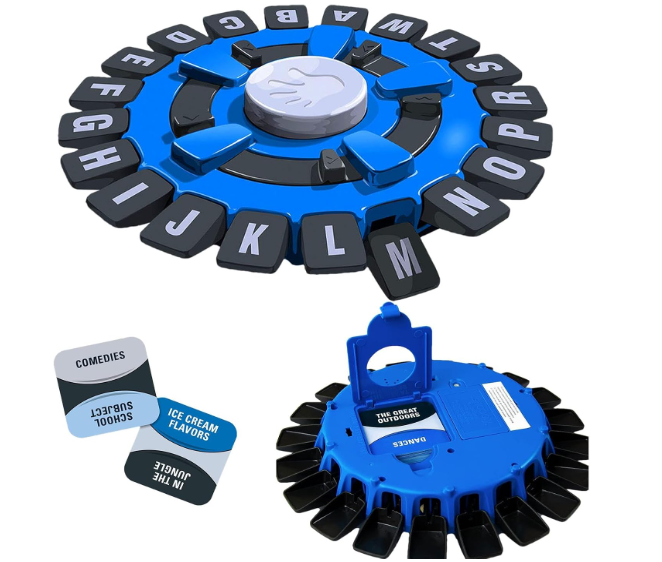
What you get:
- 36 cards, 144 categories, it took me a little while to find the card until I realise they were stored underneath the Tapple Wheel!
- Tapple Wheel which needs 2 AA batteries
Objective:
- The player who has the most cards wins the game
How to play:
- Choose who goes first
- Choose a category from one of the 36 cards (blk/dk blue for younger children)
- Once the category has been decided press down the white button in the middle of the Tapple wheel
- On you turn you have 10 secs to press a letter e.g., Category Dance, press letter D for disco, then press the white button again to reset the 10 second timer for the next layer who can only use the letters which haven’t been used
- The round gets more difficult when there are less letters left to choose from
- You may like to set a limit, say, first to 5
Top Tips:
- Some categories can be interpreted broadly. For example, “Food” could include types of cuisine, ingredients, and specific dishes.
- When it’s not your turn, use the time to think of possible answers for the letters that are still available. This way, you’ll be ready when it’s your turn.
- Focus on using letters that are most likely to come up (like “S,” “T,” or “M”) early on, leaving harder letters (like “Q,” “X,” or “Z”) for later in the round.
- If you have a choice between two letters, choose the one that’s easier first. This leaves your opponents with more difficult letters to deal with.
- If you know a common answer that uses an easy letter, consider using it to block that letter from your opponents. For instance, use “Pizza” to eliminate “P” from a food category.
- If you’re stuck, mentally run through the alphabet to trigger ideas for the category. For example, if the category is “Fruits,” think “A-Apple, B-Banana, C-Cherry,” and so on.
- For categories like “Animals,” think in groups (e.g., farm animals, sea creatures, insects) to generate quick answers
4) UNO age 7+, for 2-8 players
What you get:
- 19 red, green, blue and yellow cards
- 8 pickup 2, reverse, and skip cards in all the colours
- 4 wild cards
- 4 wild draw four cards
- 1 wild shuffle card
- 3 customisable cards
Objective:
- Players score points by being the first to play all their cards in a round, and points are calculated based on the cards left in opponents’ hands. The first player to score 500 points wins the game
How to Play :
- Choose your dealer, if you can’t agree, each player can choose a card and the person who has the highest will deal
- Dealer shuffles the deck and deals 7 cards to each player. Place the remaining deck face down to form a pickup pile. Turn over the top card to start the throw away pile
- The player to the left of the dealer plays first and continues clockwise
- On your turn, you must match a card from your hand to the top card of the throwaway pile by either colour or number. For example, if the top card is a red 5, you can play any red card or any 5 from your hand.
- If you don’t have a playable card, pick one from the pick pile. If you can play it, do so immediately, if not, your turn ends
- When you have only one card left, you must shout “UNO!” If you forget and another player catches you before your next turn, you must pick two cards as a penalty
- The round ends when a player plays their last card. Points are scored based on the cards left in opponents’ hands.
- If there are no more cards in the pick pile, then shuffle the throwaway pile to form a new pick pile
Special Cards:
- Pick Two: (+2): The next player picks two cards and loses their turn.
- Reverse: Reverses the direction of play.
- Skip: The next player loses their turn.
- Wild: Allows the player to change the current colour.
- Wild Pick Four: The player declares the next colour, and the next player must pick four cards and lose their turn. (This card can only be played if you don’t have a matching colour or number.)
Scoring:
- Number cards (0-9): Face value
- Pick Two, Reverse, Skip: 20 points each
- Wild, Wild Pick Four: 50 points each
- The first player to reach 500 points wins the game
Top Tips:
- Try to maintain a variety of colours in your hand to ensure you can play on any turn.
- Save powerful cards like “Wild” and “Wild Draw Four” for when you need them most, such as when you are down to your last few cards or when you need to block an opponent from winning.
- Keep an eye on the number of cards your opponents have. If someone is down to one or two cards, try to play a card that forces them to draw more or changes the colour to something they might not have.
- If you can, try to remember which cards have already been played, especially the special ones. This can help you anticipate what your opponents might have left.
- Don’t rush to play high-point cards (like “Draw Two” or “Wild Draw Four”) early in the game. These cards can be decisive if you can play them when others are about to win.
- If you have several high-number cards, consider playing them early to reduce your score if someone else wins the round.
- If you play a “Wild Draw Four,” bluff that you have no other options even if you do. If your opponent challenges you and is wrong, they draw six cards instead.
- If possible, save a low-numbered card or a Wild card as your last card. This reduces the chances of being stuck with a high-value card if someone else wins.
- Try to predict when an opponent is about to win and disrupt their plans by forcing them to draw cards or changing the colour
5) BLOKUS Age 7+ for 2-4 people
Objective:
- The goal of the game is to place as many of your pieces on the board as possible. The player with the fewest remaining pieces (or squares) at the end of the game wins
What you get:
- A 20×20 grid board
- 21 pieces of a specific colour (blue, yellow, red, or green), the pieces come in various shapes, ranging from 1 to 5 squares
How to Play:
- Each player starts by placing one of their pieces in their corner of the board, the first piece must cover the corner square.
- Players take turns placing one piece on the board. Each new piece must touch at least one other piece of the same colour, but only at the corners (not edges).
- Pieces of the same colour can only touch at the corners, never along the sides
- You can place your pieces to block opponents from placing theirs. Remember, pieces of different colours can touch side by side.
- You should try to place all of your pieces on the board. The game ends when no more pieces can be placed
- If playing with 2 Players Variant each player controls two colours, and the goal is to strategically place pieces of both colours
- When no player can place any more pieces, the game ends. Players count the number of squares in their unplaced pieces
- The player with the fewest remaining squares wins. If a player manages to place all 21 pieces, they receive a bonus of -15 points
Top Tips:
- Aim to spread your pieces out early to cover more of the board and make it harder for opponents to block you
- Try to use your more awkward and high square pieces first, but be careful you don’t block block your space, like I did with my 4 tile!
- Try to block your opponents from accessing open spaces while leaving room for your own pieces
- Consider your future moves and keep your options open by not trapping yourself.
6) ANOMIA age 10+ for 3-6 players

What you get:
- 2 decks of cards 92 cards each, symbols and a category printed on each card
- 8 wild cards
Objective:
- The player with the most cards in their win pile at the end of the game wins.
How to Play:
- Shuffle the deck and place it face down in the centre of the table
- The player to the left of the dealer picks the top card from the deck and places it face up in front of them, creating their personal pile, carry playing clockwise
- Each card has a symbol on it. When the symbol on the top card of one player’s pile matches the symbol on another player’s top card, a “face-off” occurs between those two players
- In a face-off, the two players must quickly name something that fits the category on the other player’s card. For example, if your opponent’s card says “Fruit,” you must quickly say the name of a fruit
- The first player to correctly name something that fits the other player’s category wins the round. They take the other player’s top card and place it in a personal win pile
- When a card is removed from a pile after a face-off, it may reveal a new matching symbol between two other players. If this happens, those players immediately face off
- Some decks include wild cards with two different symbols. When a wild card is drawn, it affects all players, making it possible for multiple face-offs to occur
- The game ends when all the cards in the draw pile have been played
Top Tips :
- The game is all about speed. Try to instantly recognize the category and blurt out an answer. Always pay attention to the symbols on everyone’s top card, not just your own
- In a face off, say the first thing that comes to mind
- If your deck includes wild cards, remember that they can create chaotic situations where multiple face-offs happen, focus on the symbols to win those rounds
7) DOBBLE age 6+ for 2-8 players

What you get:
- 55 circular cards, over 50 symbols, 8 symbols on each card
- Card tin
Objective:
- Be the first to find the matching symbol between cards , the winner is the player that collects the most cards.
How to Play:
- Shuffle the deck and deal one card face-up to each player, place the remaining deck face-up in the centre of the table
- All players simultaneously look at their card and the centre card.
- The goal is to find the one symbol that appears on both the centre card and your own card.
- The first player to spot the matching symbol calls it out and places their card on top of the centre card….be quick!
- Pick a new card from the deck to place in the centre.
- The player who calls out the correct symbol and places their card on the centre card wins the round.
- Continue the game until the deck is exhausted or the payers have agreed an alternative time to end the game
Top Tips:
- Concentrate on the symbols and their positions on the cards to quickly identify matches.
- Be as quick as you can to place your card down
- Keep calm!
- Keep the cards in the middle of the players, so no one gets an advantage
-
8) Junior Colour Brain age 6+ for 2 or more players

Objective:
- Correctly answer questions about colours and collect the most points by matching the colours correctly.
What you get:
- 74 cards
- 1 cardboard card dispenser
How to play:
- Players use their colour cards to show their answer to the question
- Once all players have placed their cards, the question read reveals the correct answer.
- Players who have chosen the correct colour(s) earn points.
- Players earn points for correctly matching the colour(s) to the question.
- If there are multiple correct answers, all players with correct answers receive points.
- The game can be played for a set number of rounds or until all question cards have been used. Decide who wants to read out the questions
- Each player has 1 set of colour cards that represent different colours, the colours in the set correspond to the colours used in the question cards.
- The question reader picks a question card from the card dispenser and reads it aloud
- Each question card will ask for a specific colour or combination of colours
Top Tips:
- Be familiar with the shades and names of colours in the game to improve your chances of answering correctly, especially yellow/gold and orange, and silver and grey, they will catch you out!
- Think Quickly
- Guess if you don’t know
- Alternate play, the quickest person to present the correct colours wins the round
9) Sea Battle age 6+ for 2 players (commonly known as battle ships)

Objective:
- Sink all your opponent’s ships before they sink yours
What you get:
- 1 wooden folding game board with two 10×10 grids
- 1 wooden two hole ship, 2 three hole ships,1 four hole ship,1 five hole ship
- 1 pack of blue pegs
- 1 pack of red pegs
How to Play:
- Each player arranges their ships on their own grid, which is typically a 10 x 10 grid
- Ships can be placed horizontally or vertically but not diagonally
- Ships cannot overlap or be placed on the same squares
- One ships have been place on one of the grids the game can begin
- On each turn, a player calls out a coordinate (e.g., A5, B3) to indicate where they think their opponents battle ships are (make sure your opponent cannot see you grid)
- Your opponent then announces whether the guess was a “hit” or “miss”
- The guessing player marks the result on their second tracking grid, red peg for a hit, blue peg for a miss
- A ship is considered sunk when all its squares have been hit, we like to make blowing up noises when we hit, and even louder when we sink a ship lol
Top Tips:
- Avoid placing ships in predictable patterns. Spread them out and use different orientations (horizontal and vertical) to make it harder for your opponent to guess
- Consider placing ships along the edges or in corners, but don’t make it obvious
- When guessing, use a systematic approach to cover as much of the grid as possible. Avoid random guessing once you have some hit
- If you hit a ship, continue guessing nearby squares to locate the rest of the ship
- Pay attention to the opponent’s guessing patterns and try to predict where their remaining ships might be
10) The Sock Game age 8+ for 2+ players (I think also good for younger children, with a few adaptations)

Objective:
- The goal of The Sock Game is to be the first team or player to find a specific object inside a sock filled with various items.
What you Get:
- Two large, long socks.
- A set of small objects to place inside each sock (e.g., buttons, coins, keys, small toys, etc.).
- A deck of cards or a list with the names or pictures of the objects used.
How to Play:
- Fill each sock with an identical set of small objects
- Each sock should contain a mix of items that are distinct from each other in shape and feel
- Make sure the socks are securely tied or sealed at the top so that the objects don’t fall out
- Have the players sit or stand on opposite sides of a table or a designated playing area
- Place the socks in the centre of the table or the playing area, within reach of the players
- Draw a card from the deck or select an item from the list to determine which object the players need to find in the sock
- On Go, players from each team simultaneously reach into their sock and start feeling around for the chosen object
- The key is to rely on touch alone—no peeking inside the sock!
- The first player to find and pull out the correct object from their sock wins the round for their team
- If playing individually, the first person to correctly identify and remove the object earns a point
- Reset the socks with the objects, draw a new card, and play another round
- The game continues for a set number of rounds, or until all the objects have been found
Top Tips:
- Focus on the shape, size, and texture of each item as you feel around in the sock. Some objects may be similar, so pay close attention to the details
- If playing in teams, communicate and strategize with your teammate. You might decide who goes first based on familiarity with the objects
- When writing how to play this game, I suddenly thought that you could make the game up yourself with a pair of socks, clean of course! Small items, toys, make up, or things from the kitchen etc, make lists of items in each sock, and voila, you have all you need to play ‘The Sock Game’

